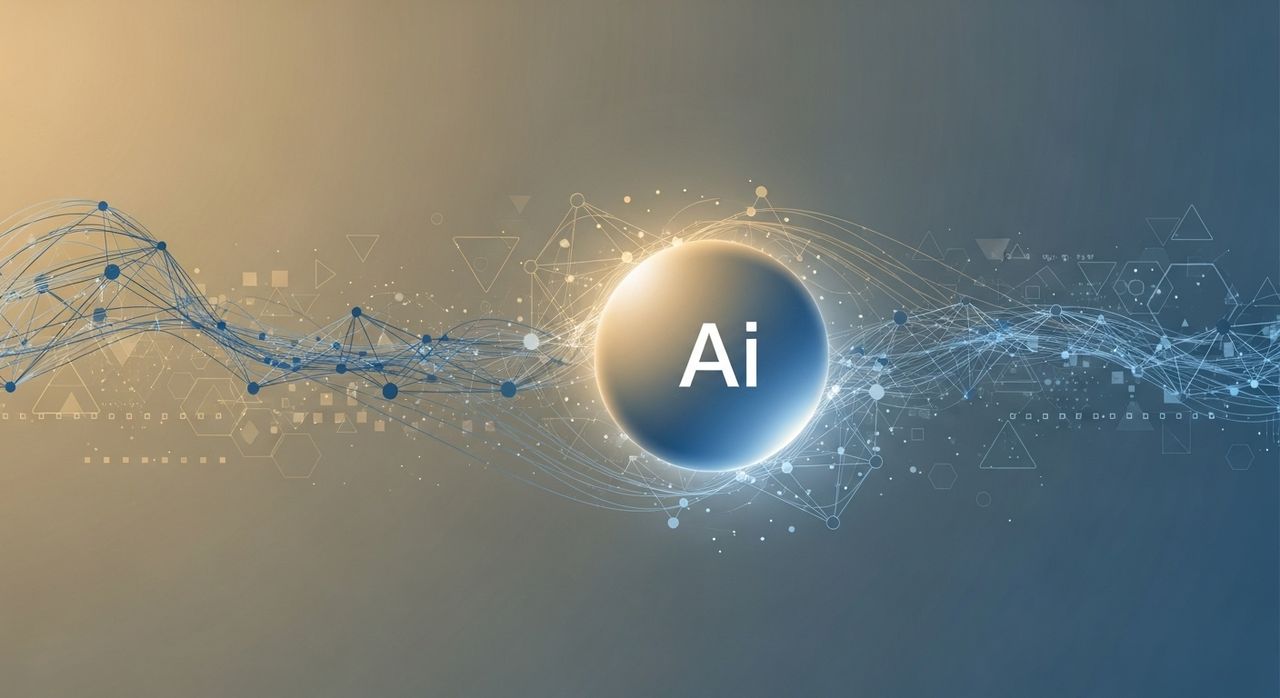AI is going through its adolescent phase. It’s strong, ambitious, and capable of remarkable things, but increasingly, it’s hitting some growing pains. Some analysts suggest AI has stalled due to “data scarcity,” poor connectivity, or power limitations.
However, the real reason might be simpler: AI, as we know it, lacks the fundamental ability to truly understand us, the user. It can process information at remarkable speeds, create photorealistic images, and draft fluent text, but it struggles with emotional intelligence.
It doesn’t know when a user is frustrated, bored, anxious, or exhausted. It can’t sense the moment to pause, clarify, or change course. As AI tools are increasingly deployed in emotionally sensitive domains like education, healthcare, wellness, and media, this emotional blindspot is becoming a significant limitation.
Maybe the next leap in AI won’t come from more data or faster processing, but from teaching AI to notice what humans do when something isn’t landing. Emotionally adaptive AI will do more than read prompts; it’ll read the room.
By combining facial cues, gaze tracking, behavioral patterns, and physiological signals, the next generation of AI will be able to infer how someone feels and adjust its output accordingly. The result will be an AI that understands when to push and when to back off – when someone is ready to learn, when they’re mentally overloaded, or when they’re just not connecting.
This shift, from reactive logic to emotional awareness, could be what finally takes AI out of adolescence and into maturity.
Faster AI Doesn’t Mean Better AI
We’re used to measuring AI in superlatives: bigger models, faster inference, smarter responses. But in the rush to scale up, we’ve overlooked something more fundamental: human context. A model ten times larger won’t necessarily give better answers if it can’t tell when it has misunderstood the question, or when a user is losing patience and needs an empathetic ear.
Logic-based accuracy doesn’t necessarily equate to usefulness in the moment. When AI is deployed in settings where emotional nuance matters – like classrooms, clinics, and during deep conversations – raw intelligence isn’t enough. An algorithm might make fast movie recommendations based on viewing history, but it doesn’t know what you’re in the mood to watch right now.
These environments don’t just rely on information delivery; they rely on timing, tone, and emotional context. In a classroom, the difference between a student thriving and disengaging isn’t about how many facts the system can present; it’s about knowing when the student is overwhelmed.
In a mental health setting, offering the right coping strategy is fine, but what if the user is too burnt out to hear it? Traditional AI systems weren’t built for this. They optimize for completion, not connection, and that’s where their limitations become apparent.
Humanizing AI
AI’s next milestone upgrade won’t be faster models or smarter algorithms. It’ll be emotional adaptivity and contextual awareness. This means two things for the future of AI. First, AI will be able to read your personal cues in real time, when you choose to allow it.
Much like how Apple Watch users see significant value in heart rate, sleep pattern, or activity levels analysis to provide personalized health insights, human context AI picks up on the silent signals we send all the time: the blink rate that suggests cognitive fatigue, the micro-expression that flashes when confusion sets in, or the subtle eye movement that hints at distraction.
With the right fusion of sensors and models, AI can now combine emotion and mood with biometric signals into a holistic understanding of how you’re feeling and why.
Understanding human emotional patterns
Second, and perhaps even more broadly, this understanding of human emotional and behavioral patterns can be anonymously “crowdsourced.” This vast dataset will level up large language models (LLMs) like ChatGPT, making them inherently more human-centric in their responses and decisions.
This means AI can deal more effectively with a wider range of situations, even in environments where real-time personal signals aren’t being interpreted. It’s about building a foundational emotional intelligence into AI, making all interactions more intuitive and responsive to general human needs and states.
In the same way a great teacher slows down when they detect confusion or injects some fun when they see the room glazing over, emotionally adaptive AI can recalibrate on the fly – repeating a step, simplifying a concept, or just pausing to give the user space. It’s a shift from AI that reacts to what we say to AI that responds to how we feel. This opens the door to use cases that conventional AI simply isn’t equipped for.
In healthcare and wellness, it can surface emotional and physiological patterns that can flag burnout, mood disorders, or stroke risk, without relying on bias-prone self-reporting. In gaming, it can power experiences that respond to how players feel, not just what they do, adjusting game difficulty or narrative flow in real-time. What unites these use cases – and countless others – is a shift from one-size-fits-all delivery to emotionally responsive systems that are in tune with humans.
The real breakthrough won’t be in how much AI knows; it’ll be in how well AI knows us.
We’ve listed the best IT Automation software.
This article was produced as part of TechRadarPro’s Expert Insights channel where we feature the best and brightest minds in the technology industry today. The views expressed here are those of the author and are not necessarily those of TechRadarPro or Future plc. If you are interested in contributing find out more here: https://www.techradar.com/news/submit-your-story-to-techradar-pro
